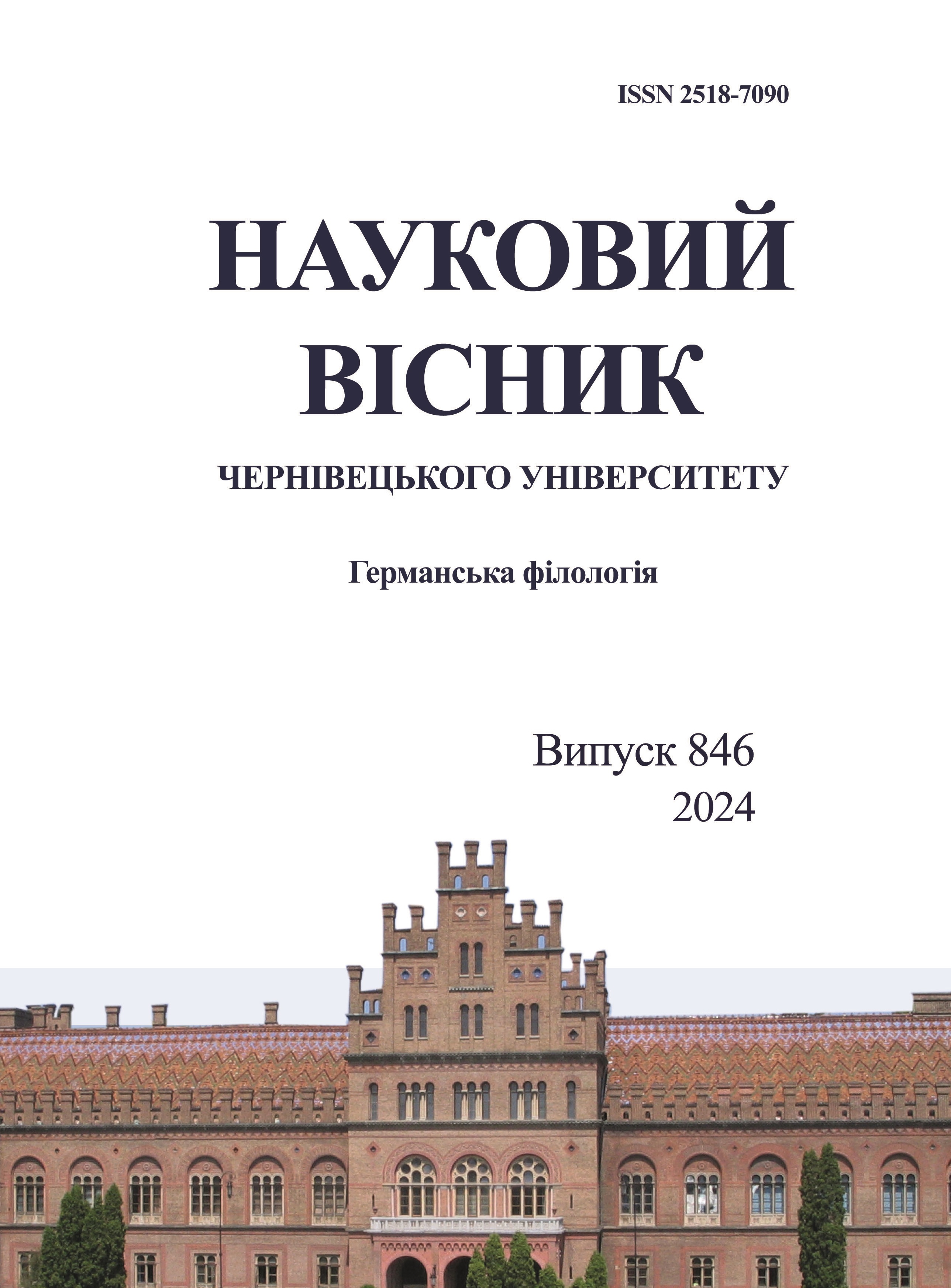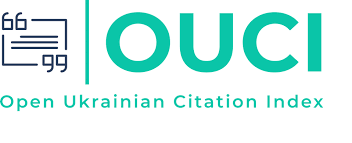ЛІНГВОКУЛЬТУРНІ ОСОБЛИВОСТІ ВІДТВОРЕННЯ БУКОВИНИ У ПЕРЕКЛАДАХ ПЕТРА РИХЛА
DOI:
https://doi.org/10.31861/gph2023.846.102-110Ключові слова:
культурна специфіка, мовні (інтралінгвальні) культурно-специфічні елементи, позамовні (екстралінгвальні) культурно-специфічні елементи, стратегії перекладуАнотація
У контексті сучасної глобалізації спостерігається зростаючий інтерес до вивчення культур різних країн і народів, а відтак і до літератури, яка містить культурологічну складову. Це породжує потребу в перекладі таких текстів на інші мови. При цьому завдання перекладача полягає не лише у передачі змісту, але й у введенні читача в конкретну культуру, поясненні незрозумілих понять та процесів, при цьому не втрачаючи індивідуального стилю тексту. Це завдання вимагає від перекладача розуміння культурно-специфічних елементів, стратегій та методів перекладу цих елементів, які відповідають меті і функції тексту. Представлена стаття розглядає один із зразків літературної спадщини авторів Буковини першої половини двадцятого століття, а саме твір Ґеорга Дроздовського «Тоді в Чернівцях і довкола», багатий на культурно-специфічні елементи та інтерферентні явища, що виникали внаслідок тривалої взаємодії різних етносів на території тогочасної Буковини. У статті проведено аналіз відтворення культурної специфіки у
творі Ґеорга Дроздовського «Тоді в Чернівцях і довкола» та у перекладі цього твору, виконаного Петром Рихлом. Дослідження сконцентроване на аспекті культурної специфіки – проаналізовано інтра- та екстралінгвальні культурно-специфічні елементи, а також явища інтерференції у оригіналі та у перекладі. Робота актуальна у контексті зростаючого інтересу до культурно-специфічних аспектів у перекладі та лінгвістичних досліджень українсько-німецьких мовних контактів на Буковині. У дослідженні залучаються різні методи, такі як статистичний метод, метод суцільної вибірки, зіставний та типологічний методи, описовий метод. Дослідження виявило, що в оригіналі, а відтак і у перекладі, міститься досить висока кількість культурно-специфічних одиниць: власні назви (географічні назви – 22,6%, власні імена – 19,5%, назви установ – 4,9%, торгові марки – 0,8%), діалект – 12,8 %, уряд – 6,8%, назви посад 5,6%, інтерферентні явища – 5,3%, освіта – 4,9%, література – 3,8%, розмовна мова – 3,4%, продукти харчування та напої – 3%, розваги – 2,3%, інше – 1,5%, прислів'я – 1,1% валюта – 0,8%, спорт – 0,8%, фразеологізми – 0,4%. Базуючись на цих даних, можна стверджувати, що найбільше культурно-специфічних елементів є у сферах «географічні назви» і «власні імена», які належать до позамовної культурної специфіки. Серед мовних культурно-специфічних одиниць варто виокремити й діалектну лексику, якої серед цих одиниць зафіксовано найбільше; також зустрічається багато інтерферентних явищ – була прослідкована адаптація германізмів, полонізмів та їдишизмів в українську мову.
З прагматичної точки зору за результатами дослідження можна стверджувати, що перекладачеві вдалося передати не лише зміст тексту, де присутня велика кількість культурно-специфічних одиниць та інтерферентних явищ, а й стиль, атмосферу, емоційне забарвлення та авторський задум. Ця робота відображає важливий аспект перекладацької діяльності, пов'язаний із збереженням культурної специфіки у перекладах та вивченням мовних контактів у міжкультурному спілкуванні.







